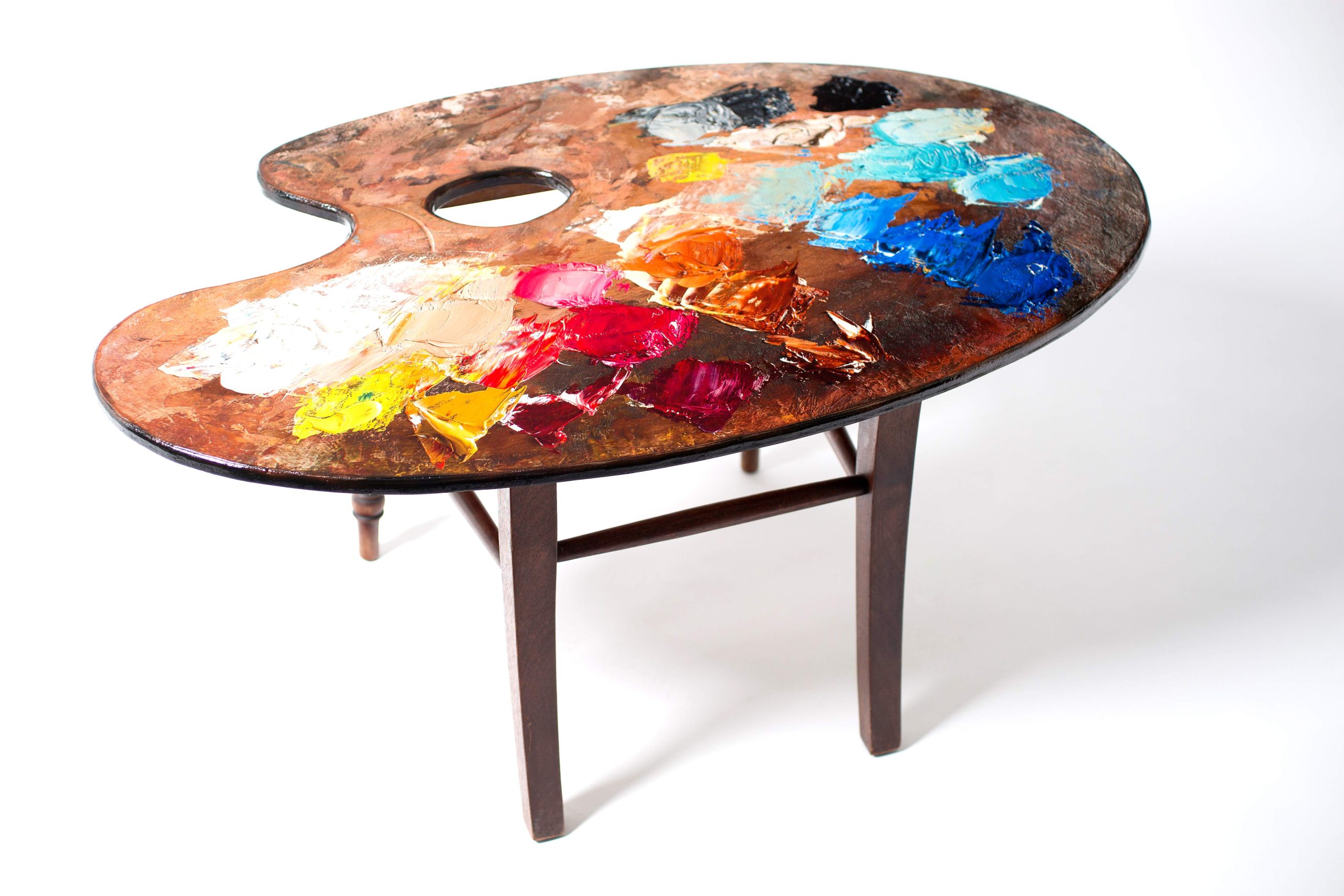With last month’s death of music artist Peter Tork of The Monkees, a lot of fans have been revisiting the pop band’s career. The Monkees were originally America’s answer to The Beatles, but rather than a record label forming a new pop-rock band, it was a TV production company doing the formation.
The TV show “The Monkees” (1966-68) starred two actors (Davy Jones and Micky Dolenz) and two musicians (Mike Nesmith and Peter Tork), who depicted fictionalized versions of themselves as a popular band. This, of course, was inspired by The Beatles’ own success on screen with director Richard Lester’s films “A Hard Day’s Night” (1964) and “Help!” (1965). Both sets of groups also had their fair share of groundbreaking records off camera, which, in turn, birthed Beatlemania and Monkeemania with school kids. When the hit sitcom ended after two seasons, The Monkees, along with the show’s producers Bob Rafelson and Bert Schneider, spun off the movie “Head” (1968) as a rather bizarre farewell to Monkeemania.
Anyone who considers themselves a fan of both bands will notice that “The Monkees” TV show styling and narrative is based a bit on “A Hard Day’s Night” and a lot on “Help!” – especially when it comes to the second season. Both films and the series featured influential uses of subversive and irreverent comedy aimed to capture the relatively family friendly demographic, many years before “Monty Python.” With “Head,” though, it’s not only subversive and irreverent, but experimental and satirical. But, like all things in pop culture, nothing ages perfectly.
With the exception of some dated ’60s technicalities, “A Hard Day’s Night” and most of “The Monkees” have aged pretty well, all things considered. The TV projects “Magical Mystery Tour” (1967) and “33 1/3 Revolutions per Monkee” (1969) have arguably never been considered good, so we’ll just skip over those. That leaves “Help!” and “Head” for re-evaluation in the 21st century.
Though it didn’t receive the huge critical praise of “A Hard Day’s Night,” “Help!” was still a box office smash and gave us a stellar soundtrack. “Head,” on the other hand, flopped hard with critics, audiences, and music listeners upon release.
Over time, the artsy farce gained a cult following, much in the same vein as “Rocky Horror Picture Show” or “Reefer Madness” has. The soundtrack also provided some of The Monkees’ most melodically interesting tracks, like “The Porpoise Song,” “Can You Dig It?” and “Circle Sky.” I’ve been a big classic rock fanatic since high school, and “A Hard Day’s Night” has been one of my favorite movies for years, and I enjoy revisiting “The Monkees” every once in a while. But with “Help!” and “Head,” the love there hasn’t always been as strong.
As a teen, I loved all the funny gags and music numbers of “Help!” and pretty much still do as an adult. One thing that causes pause now, though, are the Eastern cultural stereotypes that are a bit awkward and outdated (including a white Eleanor Bron as a racially ambiguous princess). We know The Beatles, particularly George Harrison, would appreciate Indian music, but hearing the antagonists with fake Indian accents is a little less intriguing. Hey, at least we got to see “Ticket to Ride” and “You’ve Got to Hide Your Love Away” performed in some beautiful locations.
With “Head,” I’m not even sure where to start. I first saw this in my mid-20s and thought it was a waste of time. There’s no plot and it’s just a series of avant-garde sequences and meta tongue-in-cheek references to the deconstructing of The Monkees. The songs were cool, the guys are still great, but it’s obvious Rafelson and Schneider were looking for the quickest way to move on from the band’s brand. It makes sense once you discover most of their Monkees royalty checks went into making “Easy Rider” (1969) and “Five Easy Pieces” (1970).
I know Micky Dolenz’s theory is that “Head” is a metaphor for the rise of independent filmmaking (which Rafelson had a big hand in), but that doesn’t really make it an entertaining movie. Clearly though, others disagree, as the movie keeps getting more popular year after year. It has the same appeal as an Andy Kaufman special, which is an appeal that goes over my head. Maybe I needed to be smoking a joint to get “Head.” For those who don’t know, the infamous reason for the strange movie title is an intentionally dirty, double entendre for future ad taglines (“From the makers who gave you…”).
In any event, both bands ended up doing well for themselves and could afford a flop or two. The Beatles went on to inspire practically everyone, and The Monkees influenced boy bands like Backstreet Boys, ‘N Sync, and One Direction. And while there aren’t a lot of series like “A Hard Day’s Night” or “The Monkees” from the newer boy bands, there are a few like “Help!” and “Head.”
Megan Bianco













